Florian Freier
info: start | press | about | contact
projects: profile page | eye of god | cached landscapes | the moving city | not to be seen | recognition | machine readable puppetry | landscapes of arles
info: start | press | about | contact
projects: profile page | eye of god | cached landscapes | the moving city | not to be seen | recognition | machine readable puppetry | landscapes of arles
cached landscapes
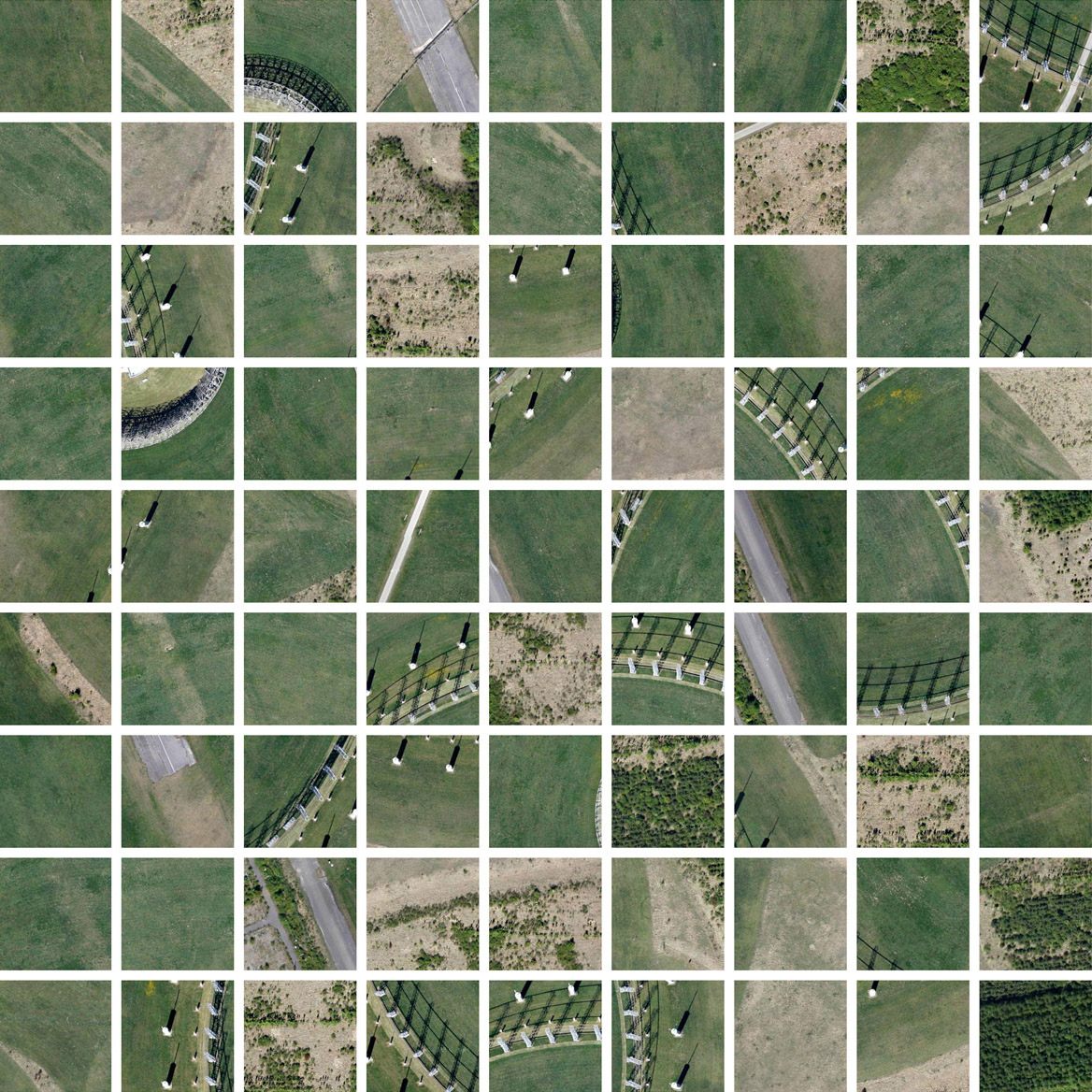 Cached Landscapes / Objects of Surveillance #1 - Augsburg Gablingen (2015)
Cached Landscapes / Objects of Surveillance #1 - Augsburg Gablingen (2015)"Cached Landscapes" is an experimental photographic project, virtually visiting surveillance related signals-intelligence locations researched and published by Trevor Paglen in mid 2015.
Unless manually picked out of the hidden system folders of our devices, by default a huge amount of fragmented and decontextualized image files is silently archived and stored in our computer's browser cache everytime we visit a website or a map on the internet.
While the automatically collected images of the browser cache are clearly documenting every step we are doing online, for the human eye the algorithmically cropped and poorly sorted files transform into an abstract grid without any further information.
„Cached Landscapes“ can be translated both, as hidden landscapes showing Paglen's places of surveillance, as well as our invisibly tracked and stored data that is constantly accumulated and processed on connected servers and our personal computers.
"Cached Landscapes" has been awarded by Trevor Paglen and Frankfurter Kunstverein with the "Eagle Eye" Photo Award and exhibited along Paglen's first German solo show "The Octopus" at Frankfurter Kunstverein.
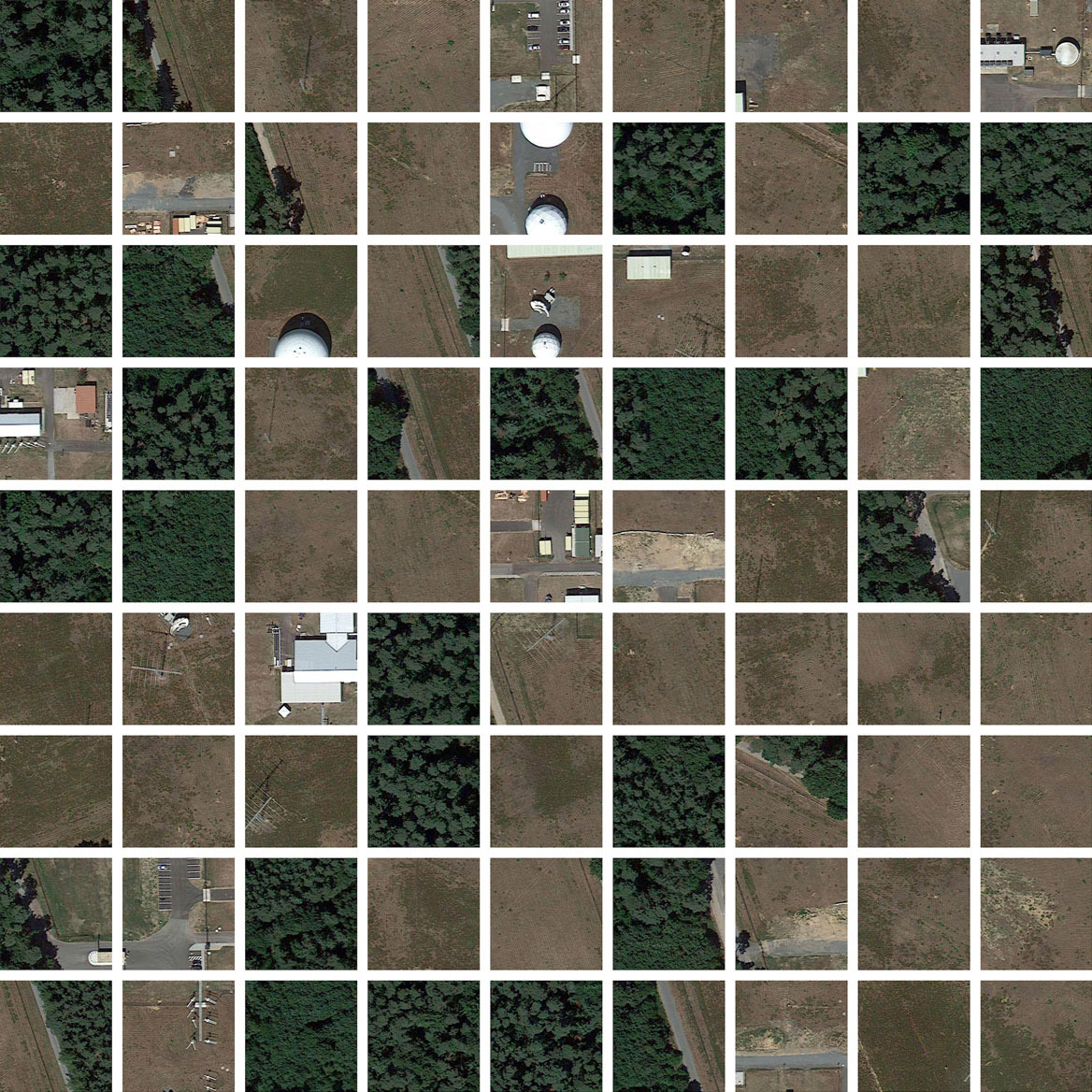 Cached Landscapes / Objects of Surveillance #2 - Egelsbach Transmitter Facility (2015)
Cached Landscapes / Objects of Surveillance #2 - Egelsbach Transmitter Facility (2015)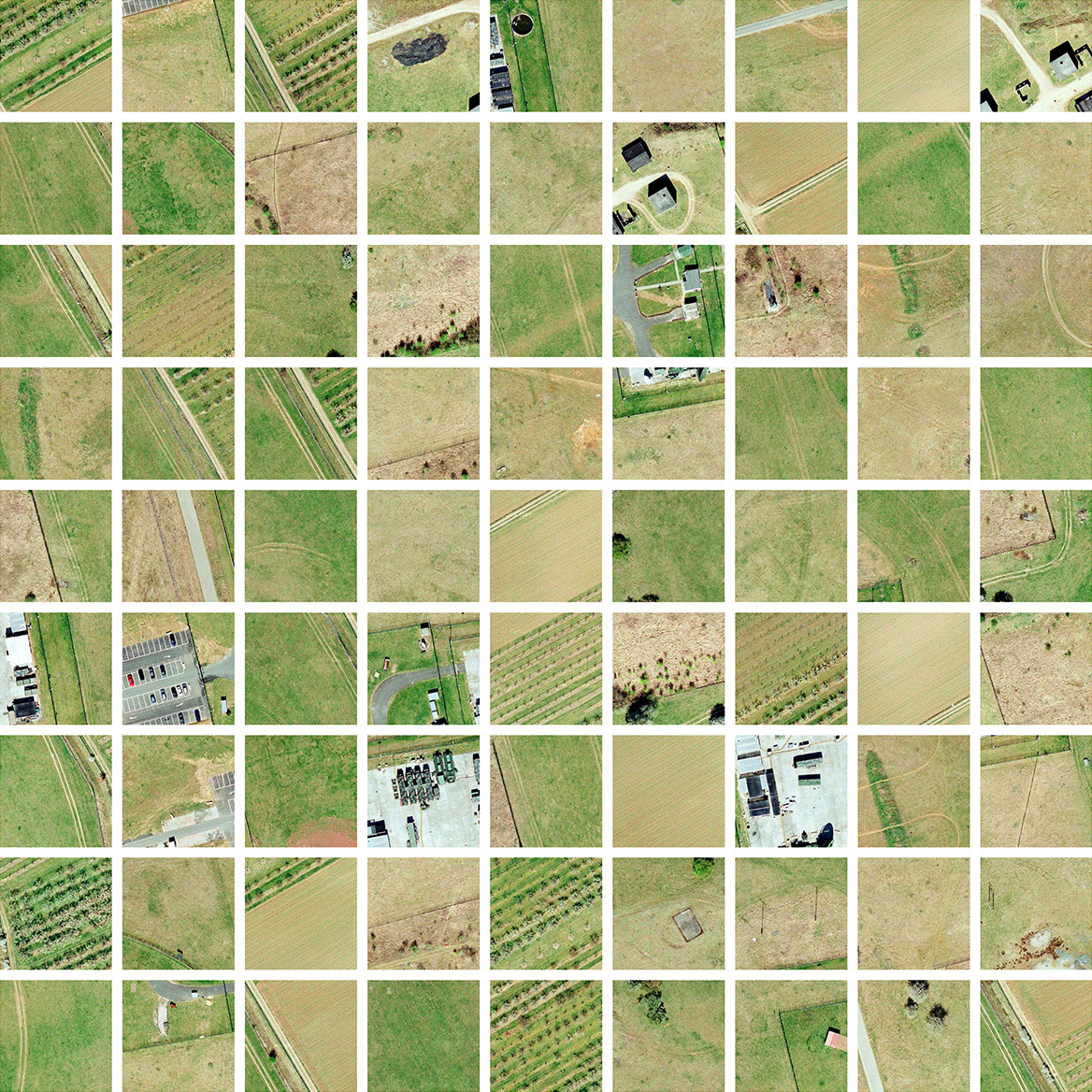 Cached Landscapes / Objects of Surveillance #3 - Wiesbaden Mainz Finthen (2015)
Cached Landscapes / Objects of Surveillance #3 - Wiesbaden Mainz Finthen (2015)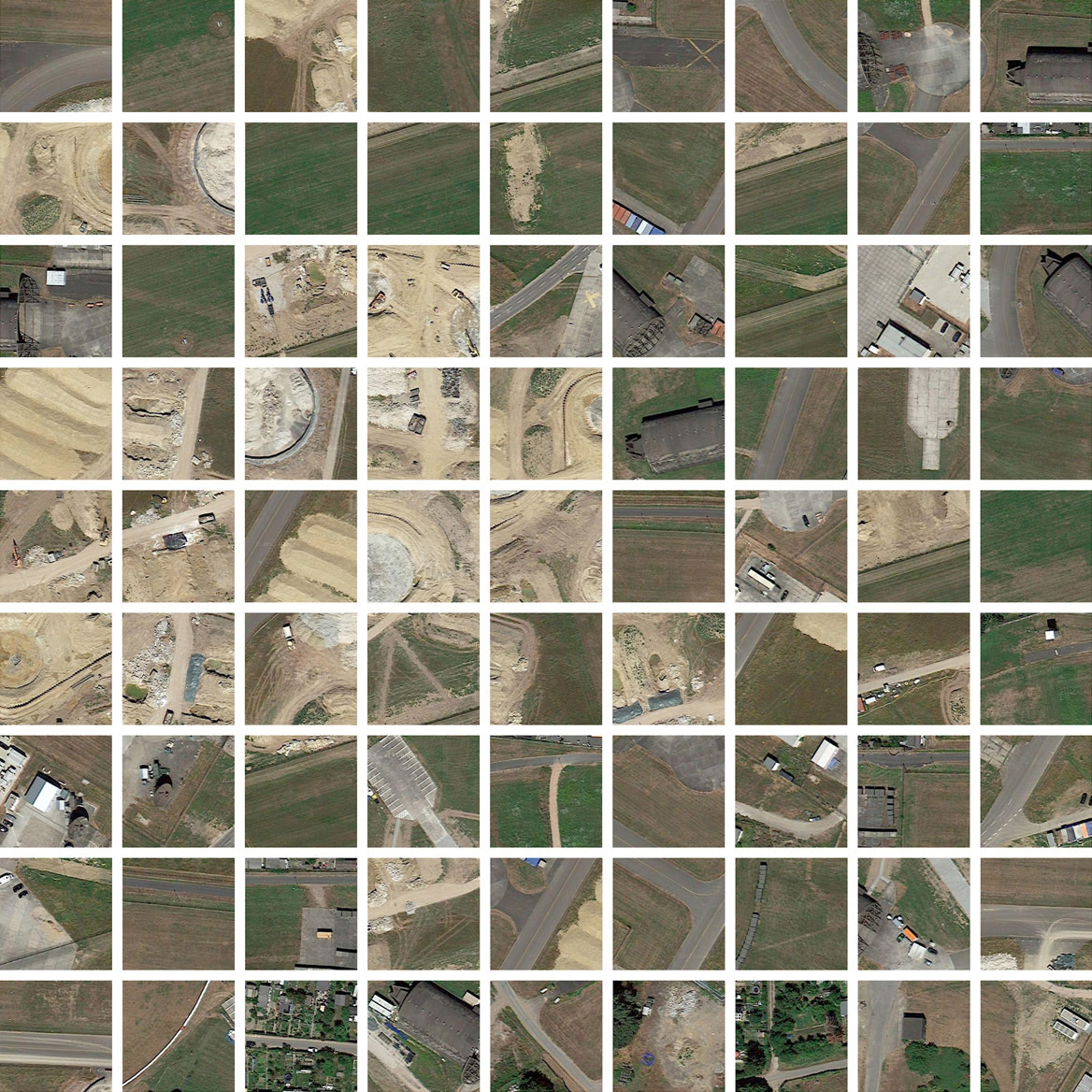 Cached Landscapes / Objects of Surveillance #4 - Wiesbaden Mechthildshausen (2015)
Cached Landscapes / Objects of Surveillance #4 - Wiesbaden Mechthildshausen (2015)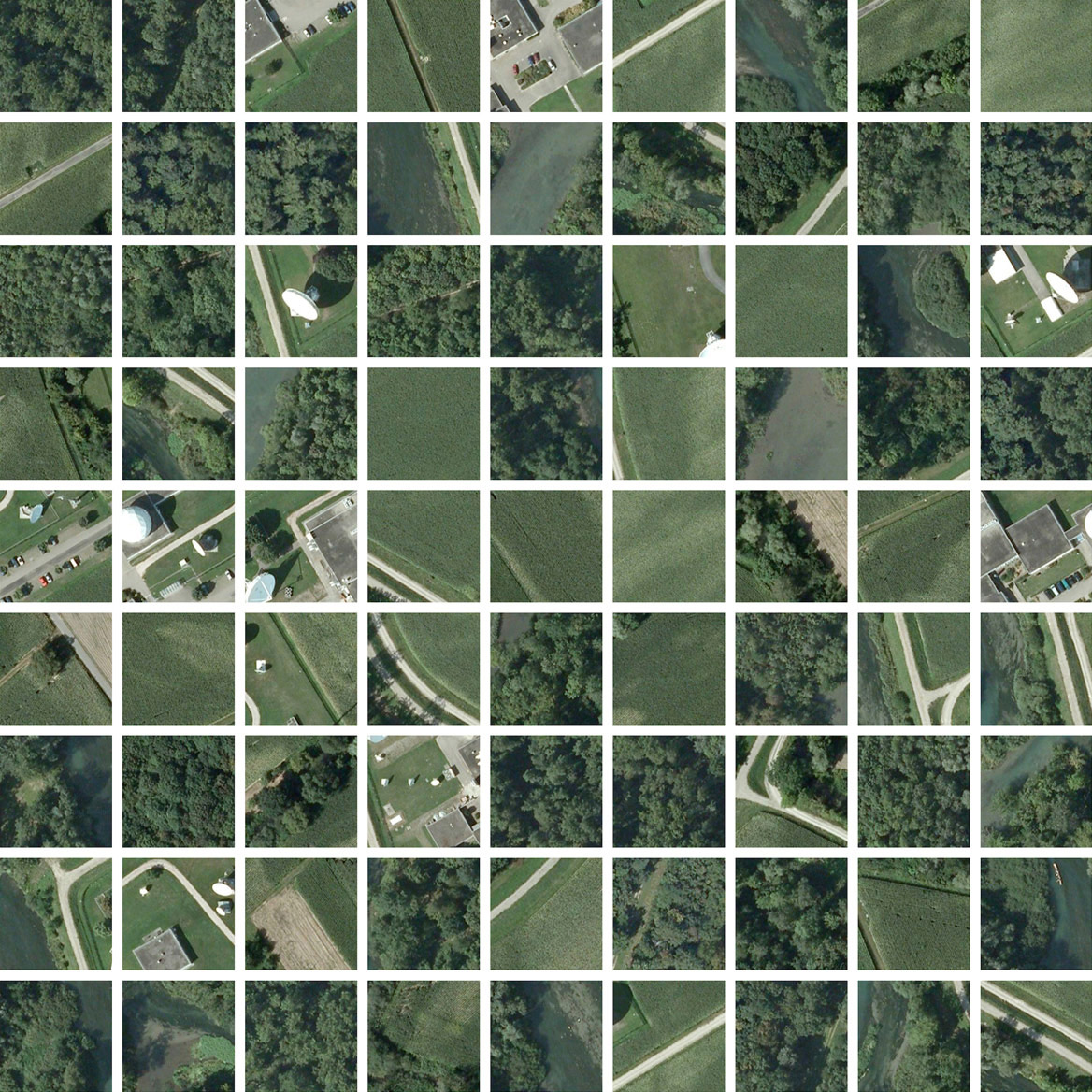 Cached Landscapes / Objects of Surveillance #5 - Niederhausen (2015)
Cached Landscapes / Objects of Surveillance #5 - Niederhausen (2015) Screen capture: writing data into the browser cache while virtually visiting identified signals-inteligence locations in google maps.
Screen capture: writing data into the browser cache while virtually visiting identified signals-inteligence locations in google maps.  Geo locations of SIGNT stations, researched and published by Trevor Paglen in Germany in 2015
(source: http://maps.google.com)
Geo locations of SIGNT stations, researched and published by Trevor Paglen in Germany in 2015
(source: http://maps.google.com) 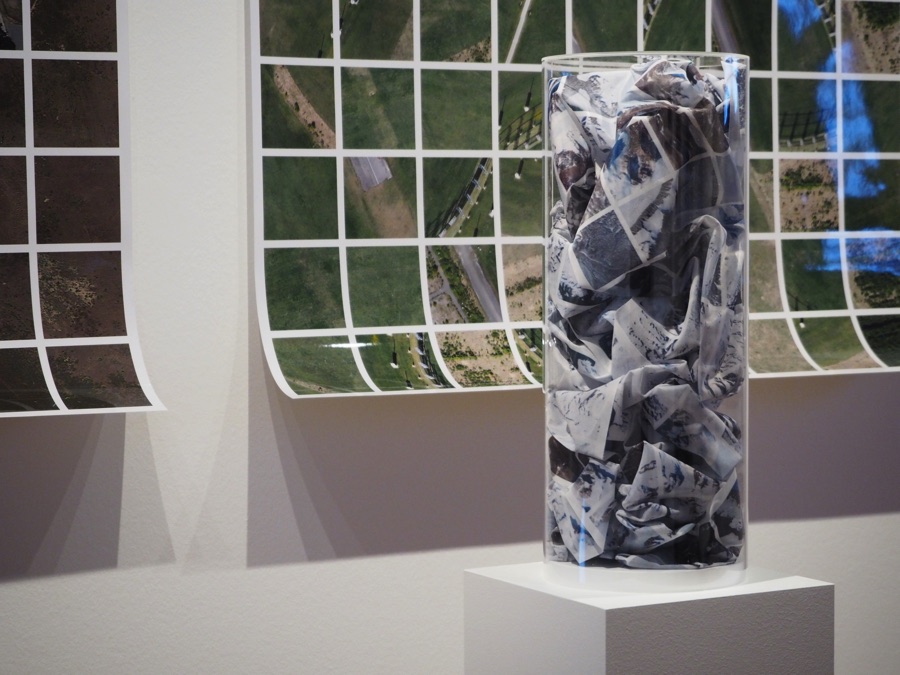
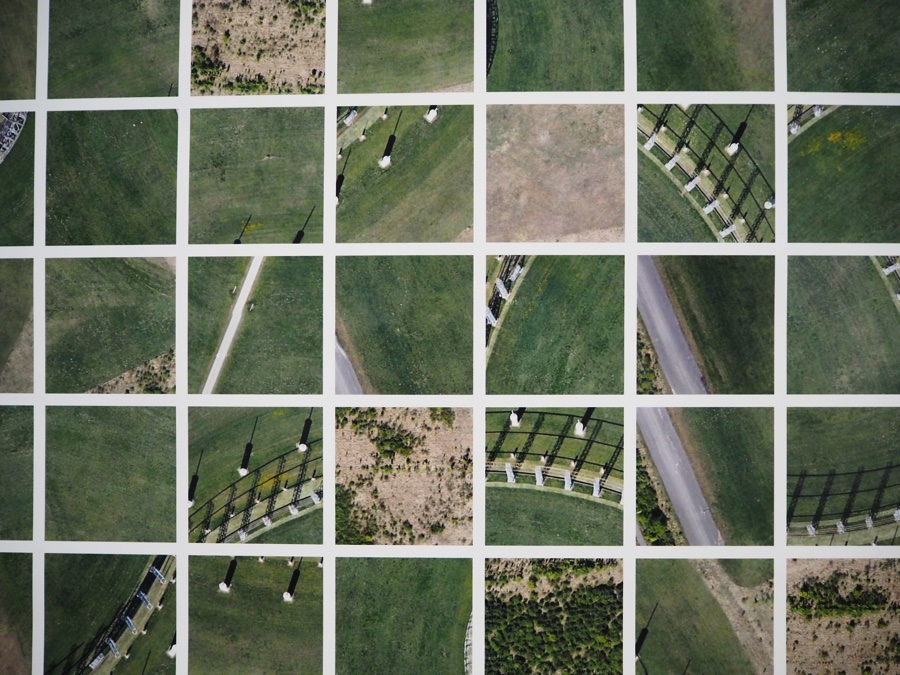


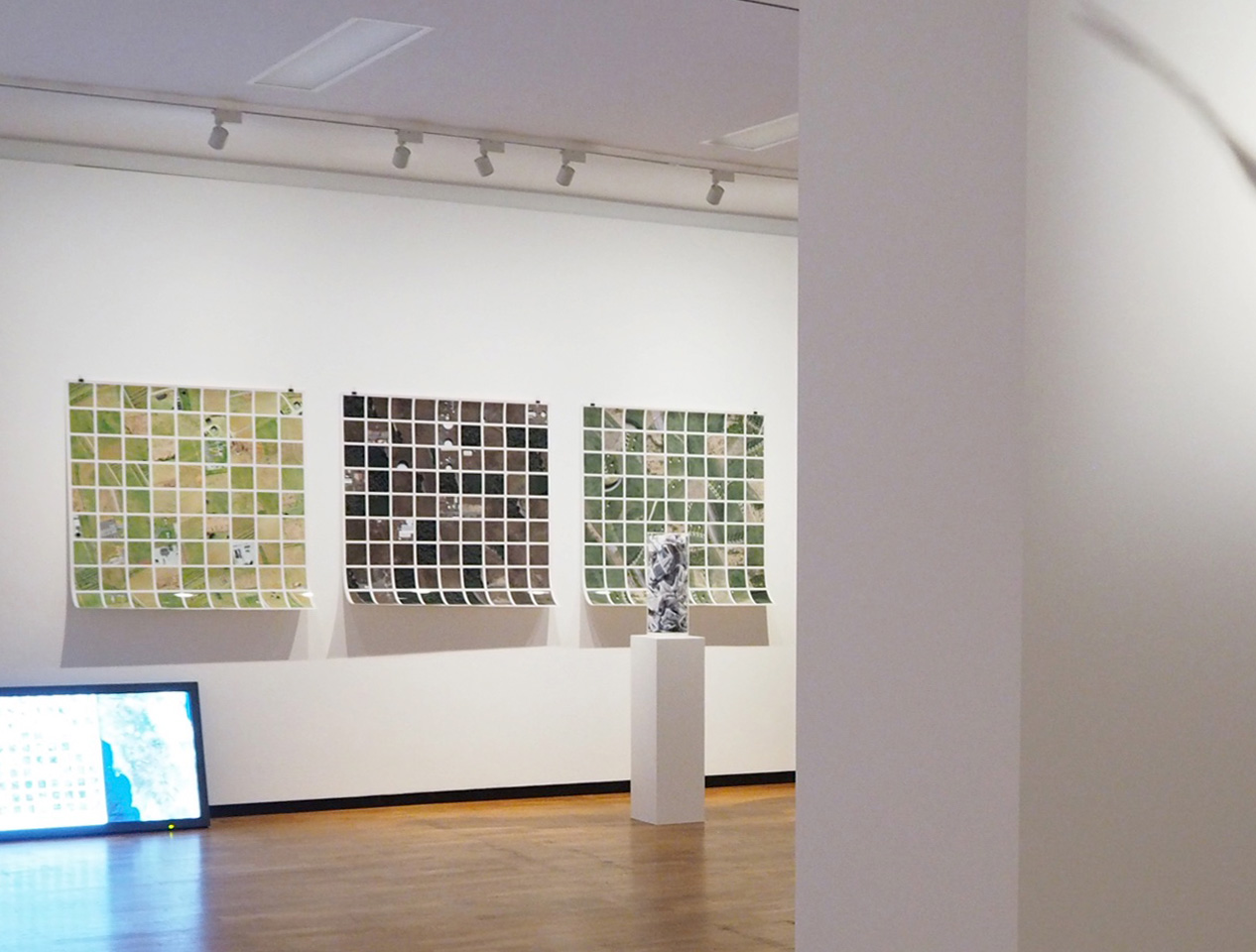
Exhibition view: "No Secrets", Eres Stiftung and photographic collection of Munich Stadtmuseum (including Trevor Paglen, Paolo Cirio, August Sander, Susan Morris, Mario Santamaria, Luca Pancrazzi, Jenny Rova, Rafael Lozano-Hemmer, ...)
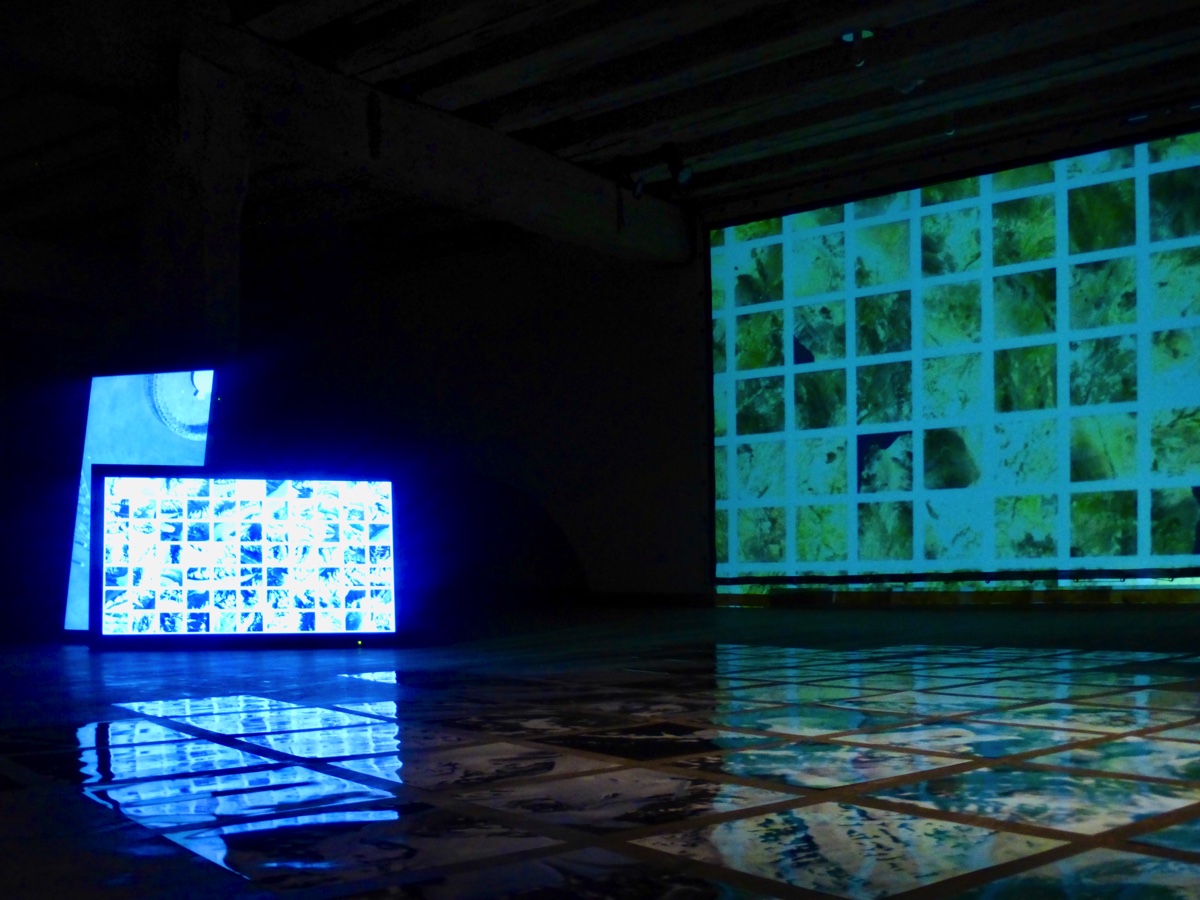
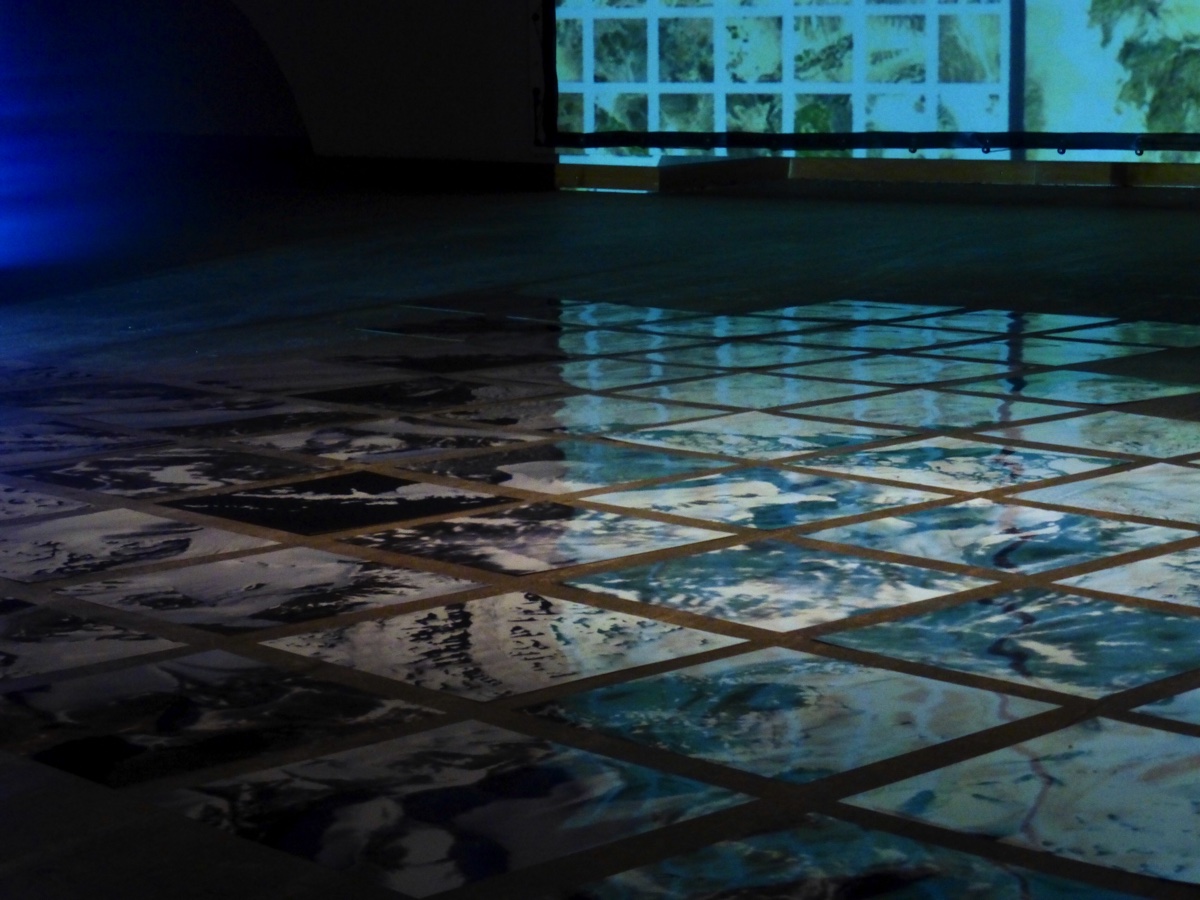
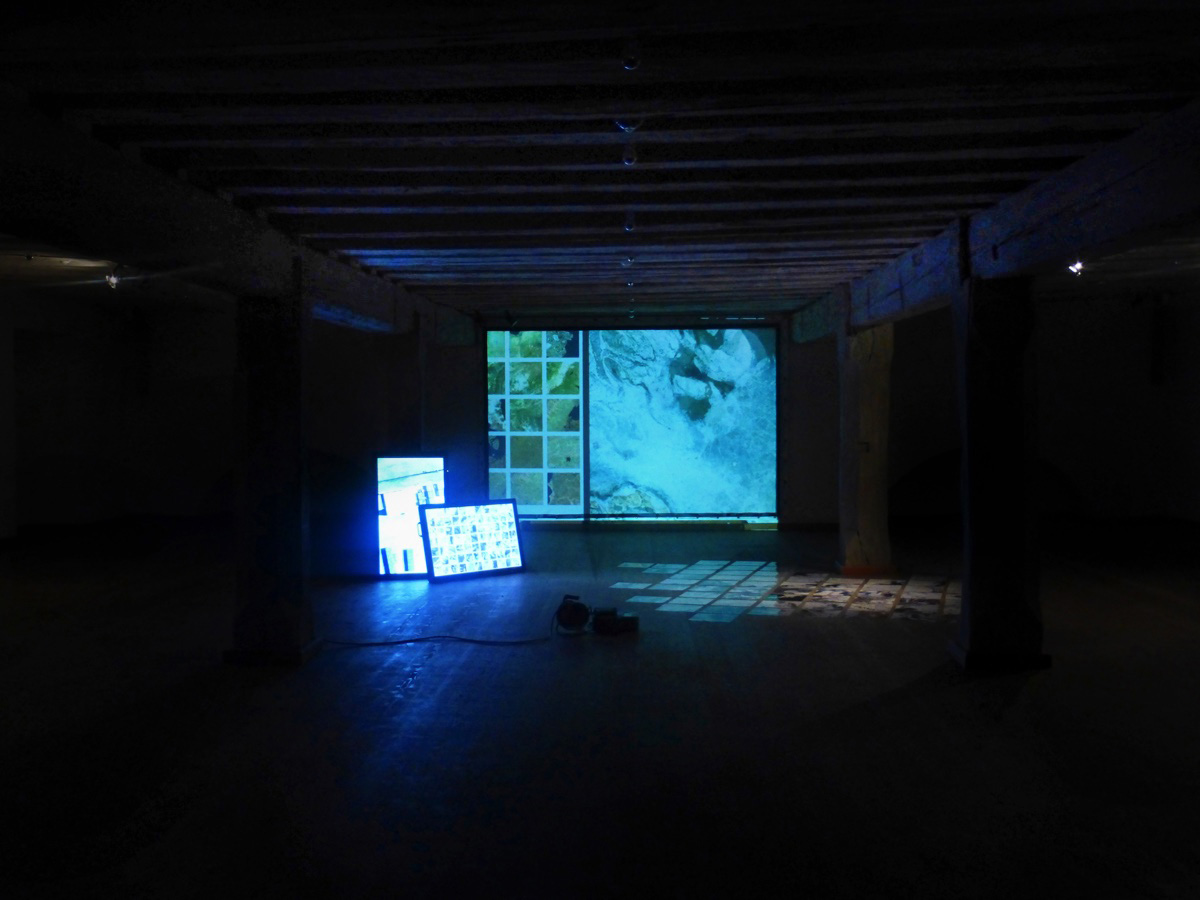
Installation view: Cached Landscapes at the more than 500 years old medieval corn storage building „Haberkasten“ [Haferkasten] Mühldorf a. Inn, 2020; Kodak c-prints and synced video screenings (ca. 400 x 900 cm)
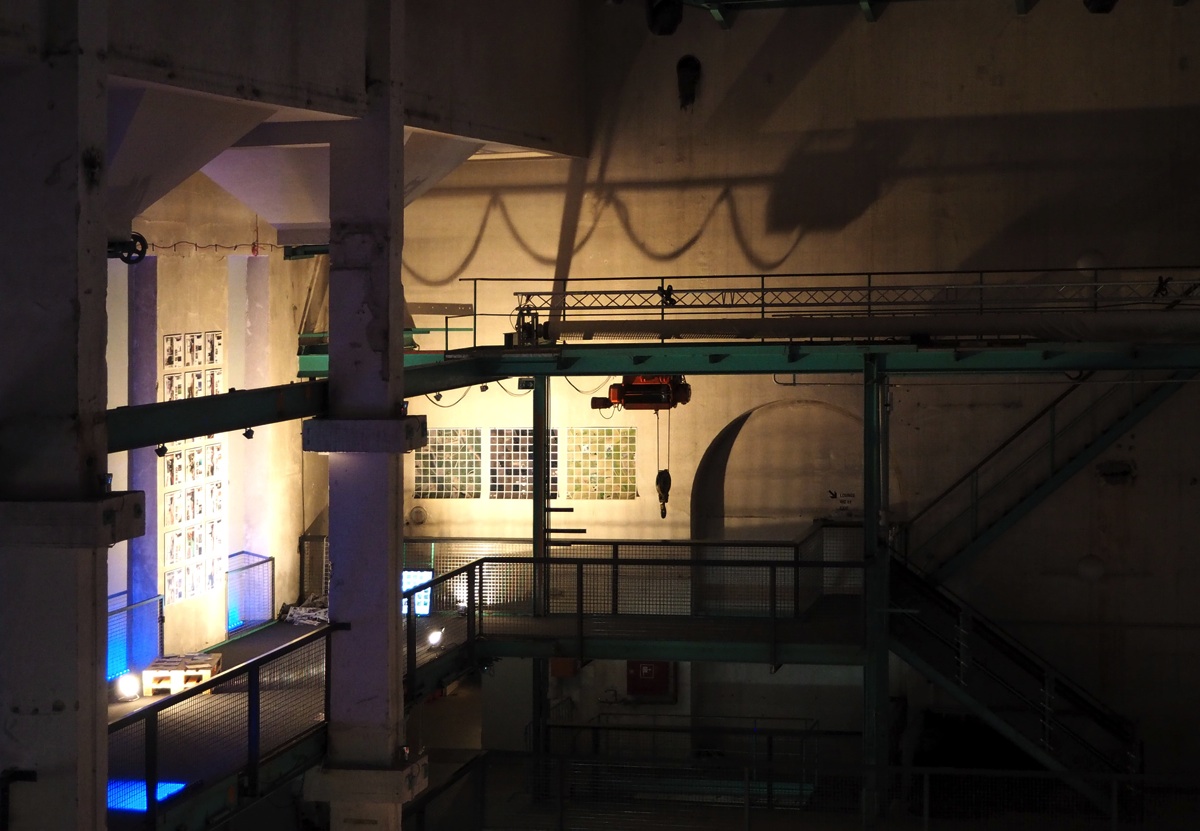
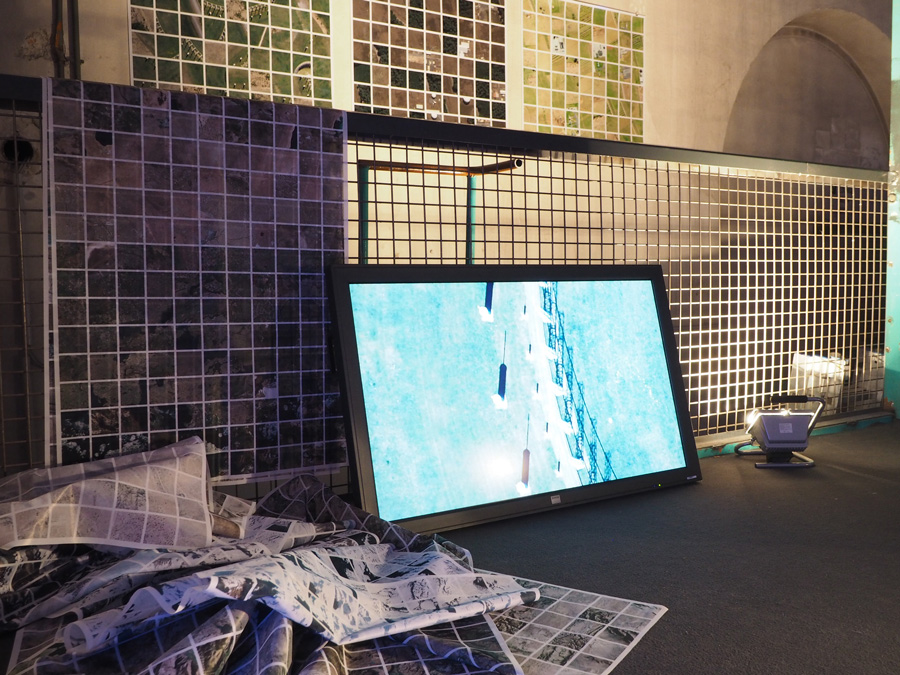

Installation view: unpainted LAB 3.0, MMA Munich Kesselhalle
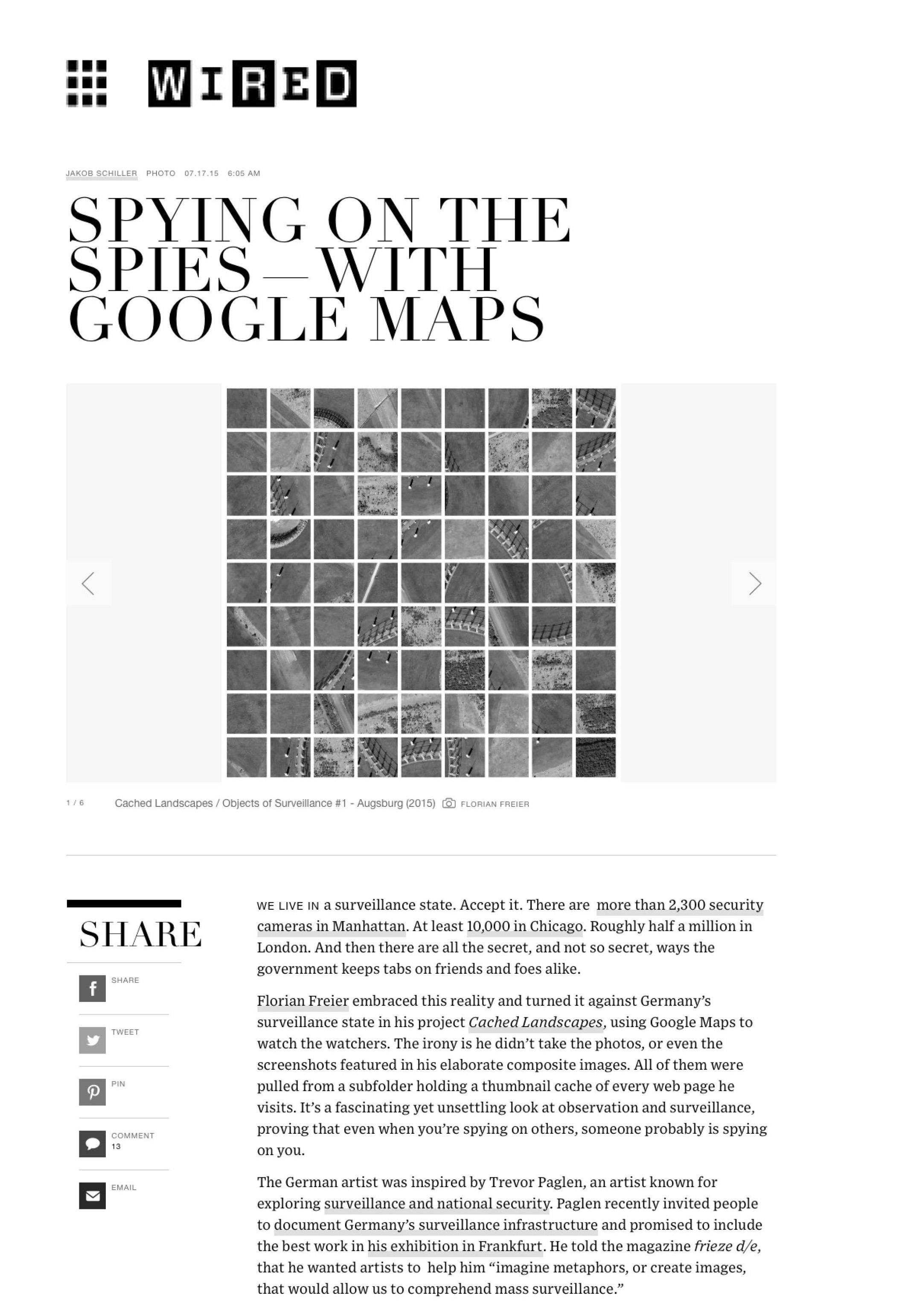 (click for full article)
(click for full article)More selected press for "Cached Landscapes":